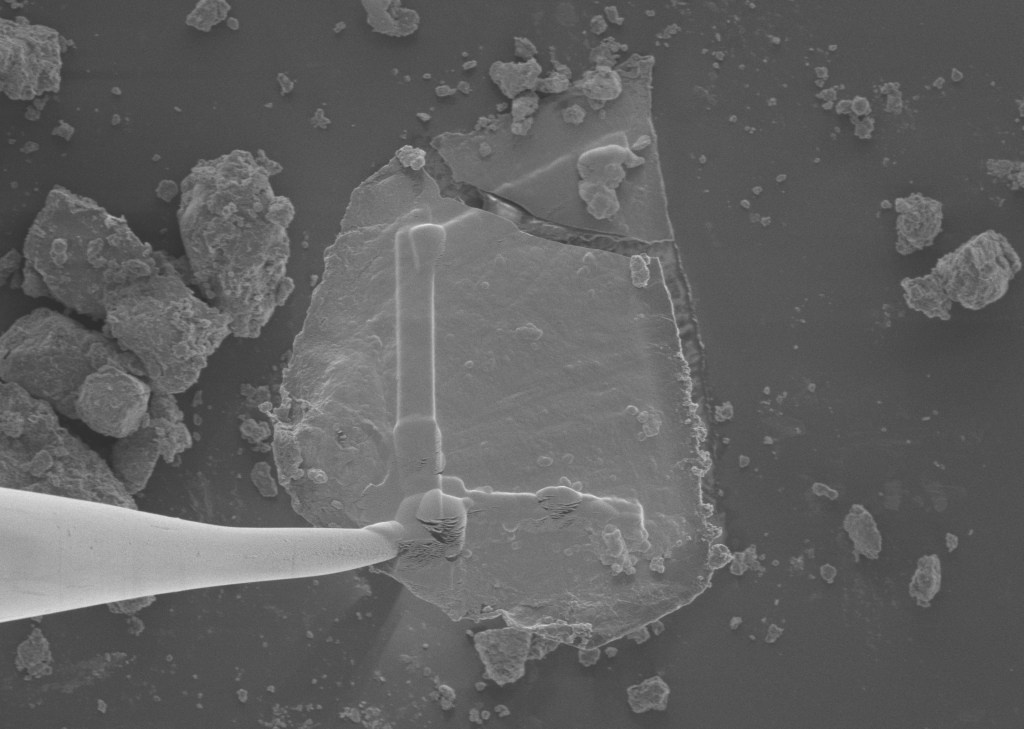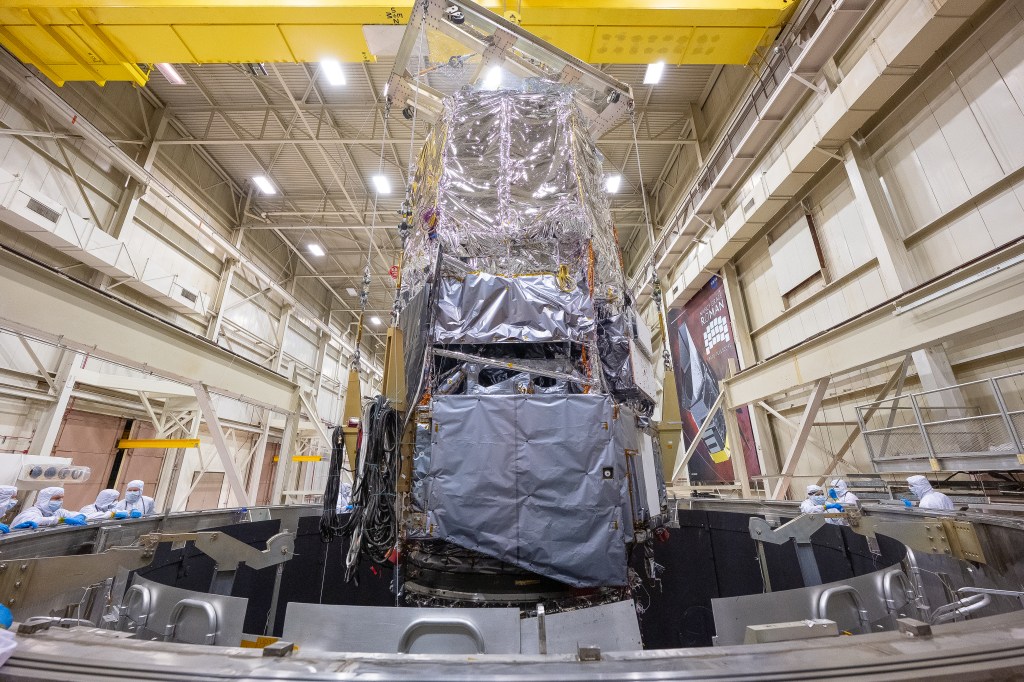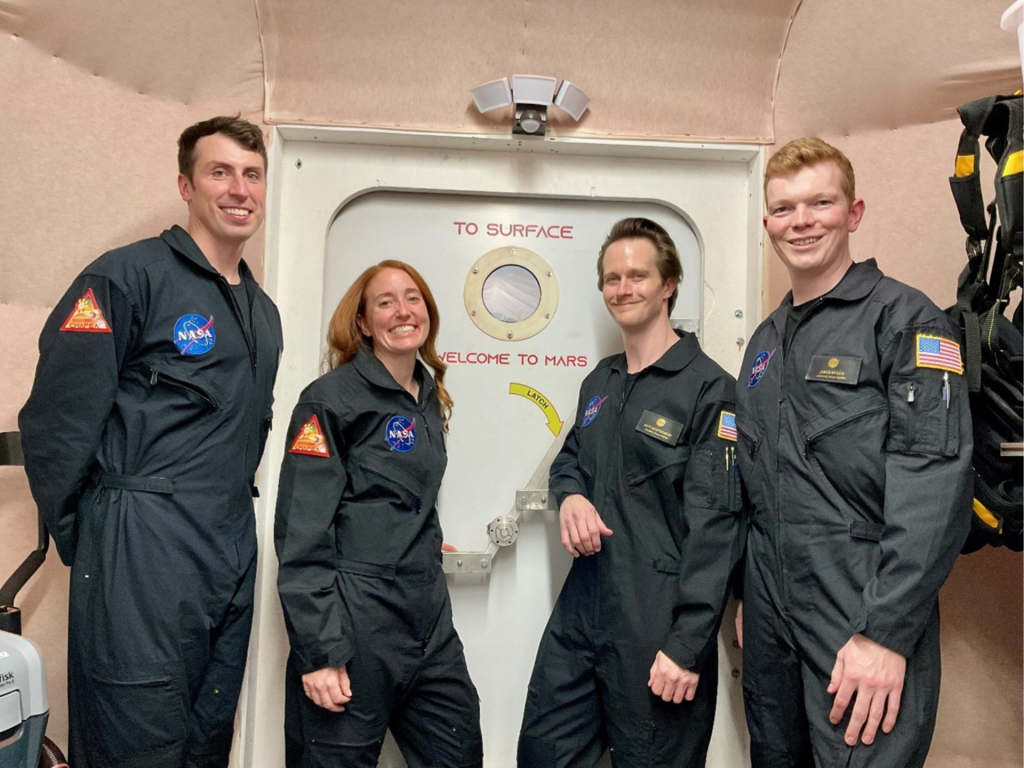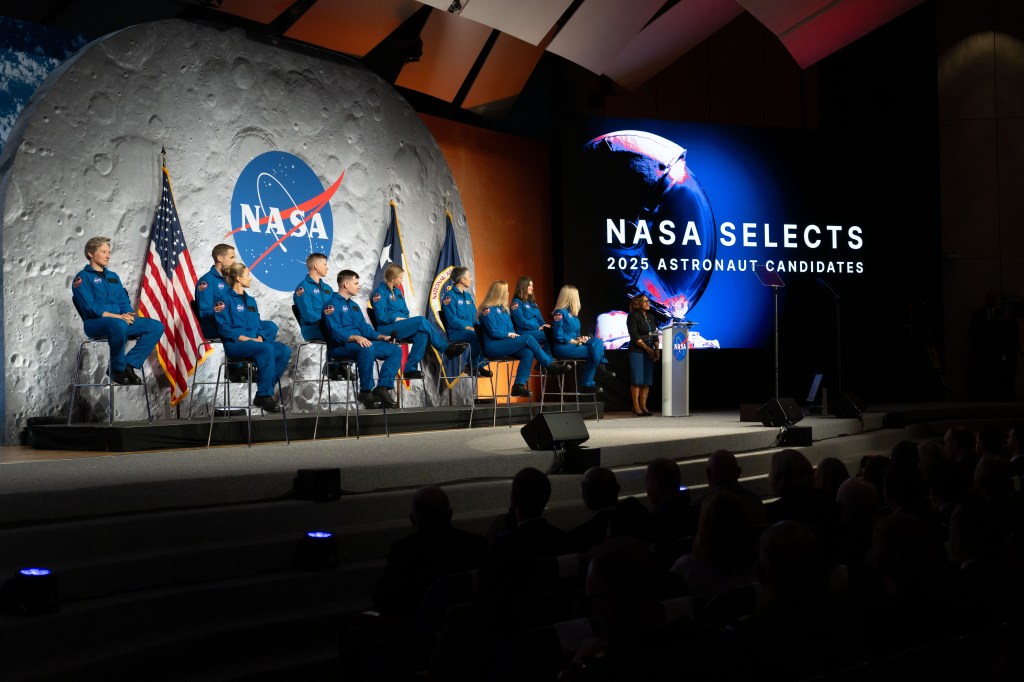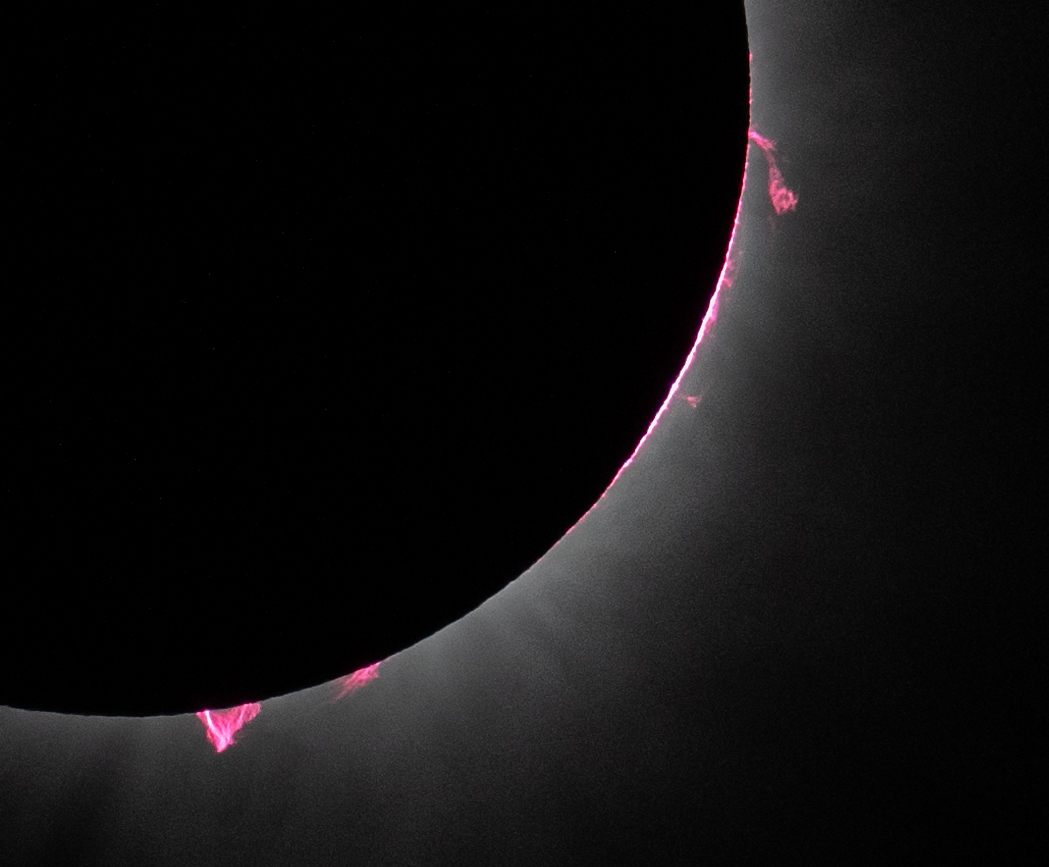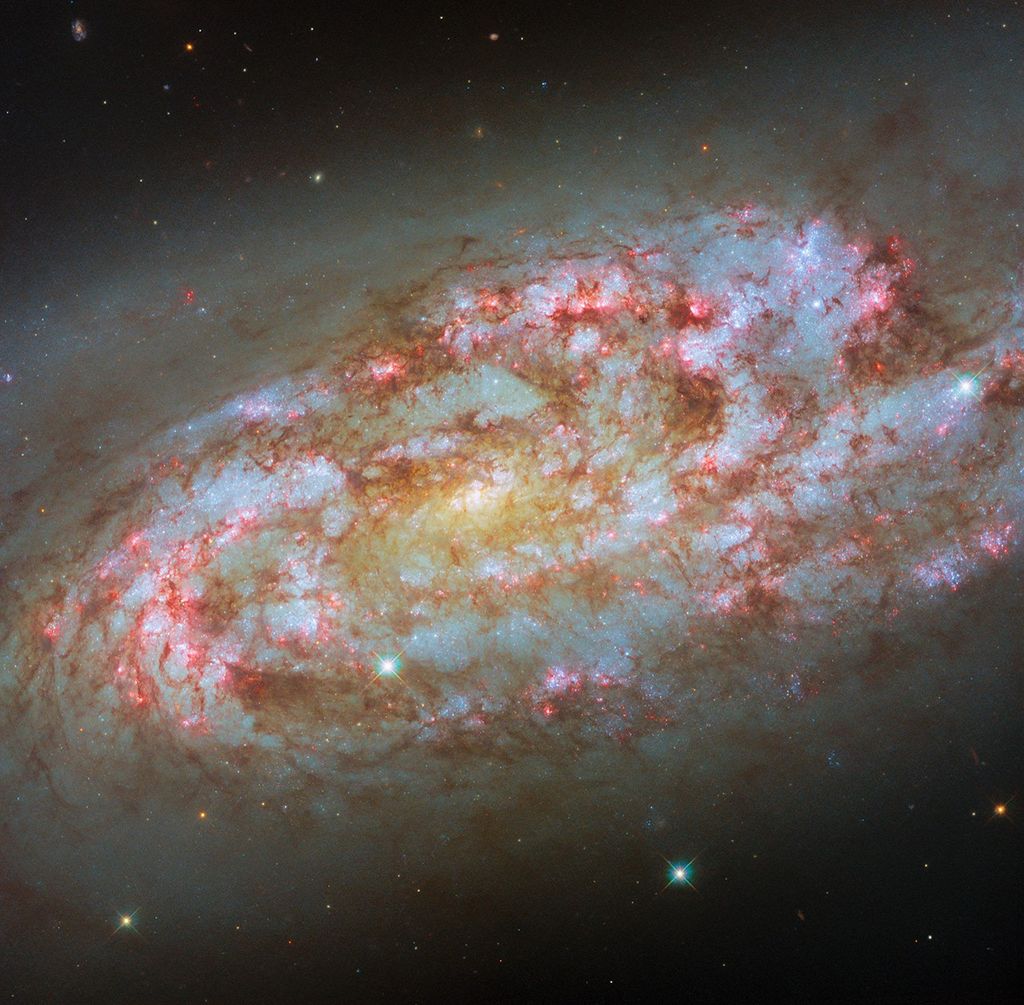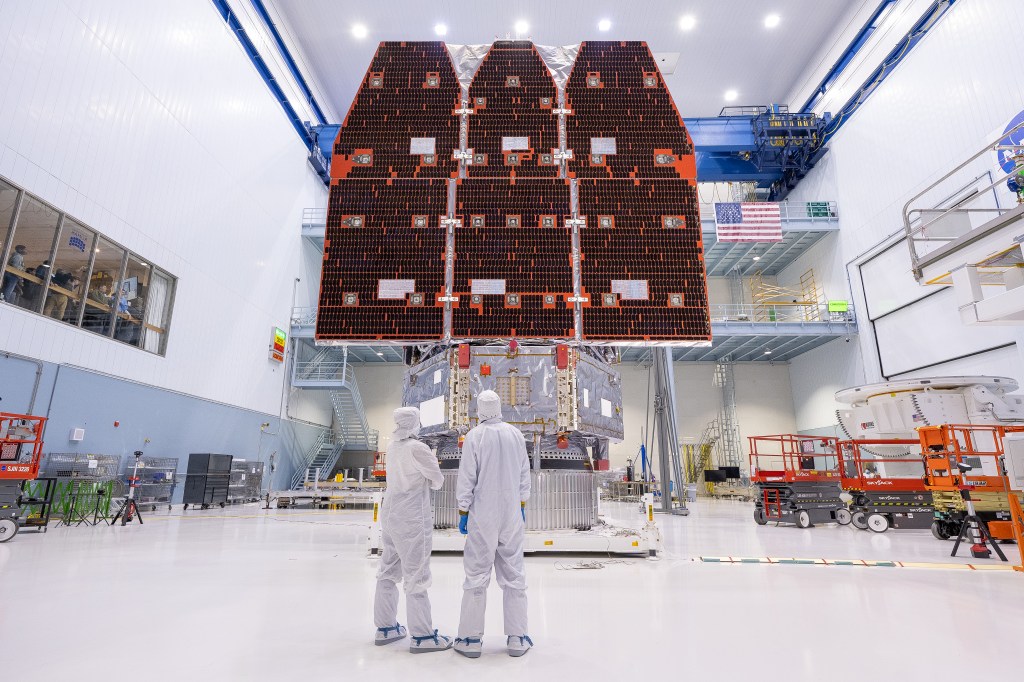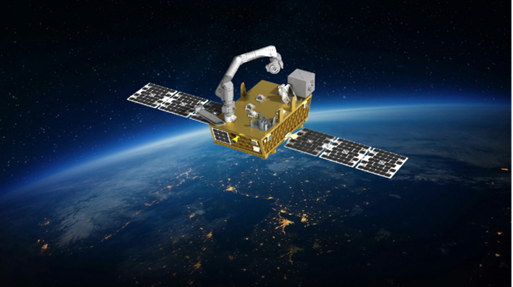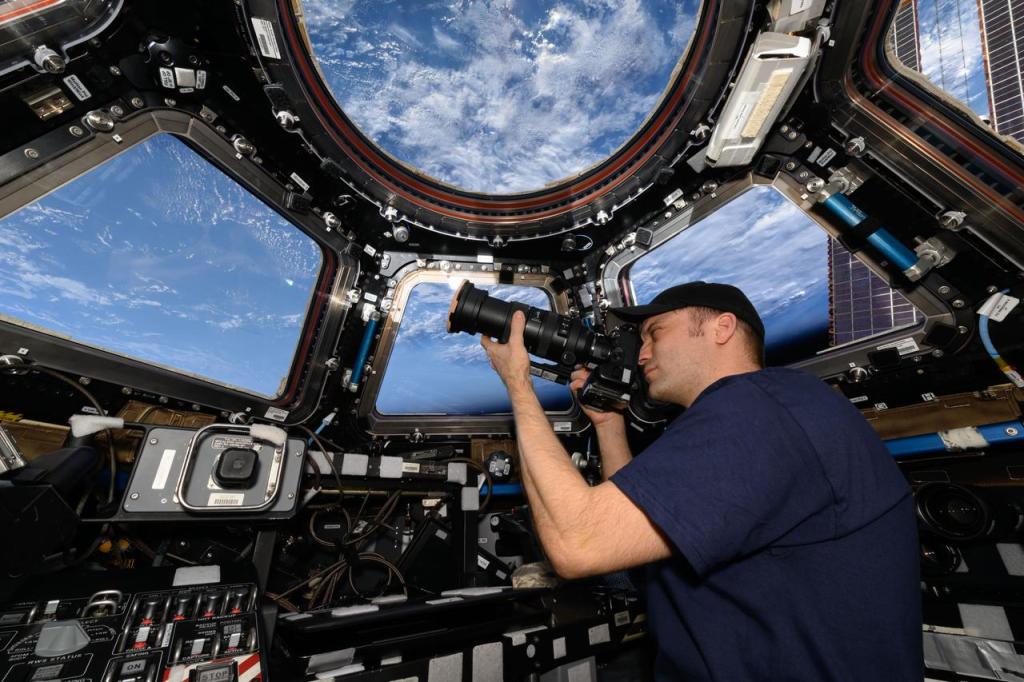NASA Extends Efforts to Recontact Lunar Trailblazer Until Early July
NASA has extended recovery efforts of its Lunar Trailblazer spacecraft from mid-June to early July. Updated modeling of the spacecraft’s trajectory by the mission team indicates lighting conditions will continue to be favorable and may provide enough sunlight for the spacecraft’s solar panels to recharge its batteries to an operational state and turn on its radio.
If the ability to command Lunar Trailblazer is achieved during this extended monitoring period, NASA will hold a review to determine the future viability of the mission. If a signal isn’t received by the end of the period, however, NASA will assess any remaining options, including closing out the mission.
Contact with the small satellite was lost the day after its Feb. 26 launch when Lunar Trailblazer entered a low power state. Slowly spinning with its solar panels not correctly oriented toward the Sun, the spacecraft was likely generating insufficient power to charge its batteries.
Since then, ground-based optical and radio telescopes have tracked Lunar Trailblazer’s position and its rate of spin, providing observations that have been used to update the mission’s trajectory models and determine the likelihood of its solar panels receiving more sunlight. Additionally, radio antennas belonging to various organizations around the world have provided time to listen for the spacecraft’s radio signal.
Should enough sunlight reach Lunar Trailblazer’s solar panels, the batteries may charge to a level that allows the spacecraft’s radio system to boot up. But as Lunar Trailblazer travels farther away, it will soon be too distant to recover because its telecommunications signals to Earth will be too weak for the mission to receive telemetry and command.
The mission team has determined that if they can regain command of the spacecraft, the propulsion system isn’t frozen, and the instruments remain operable, the spacecraft may be able to achieve an elliptical lunar orbit and complete its lunar science objectives.


